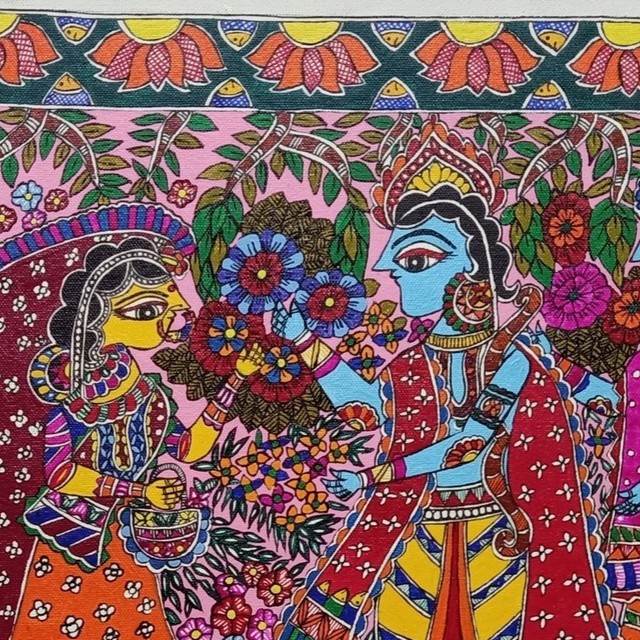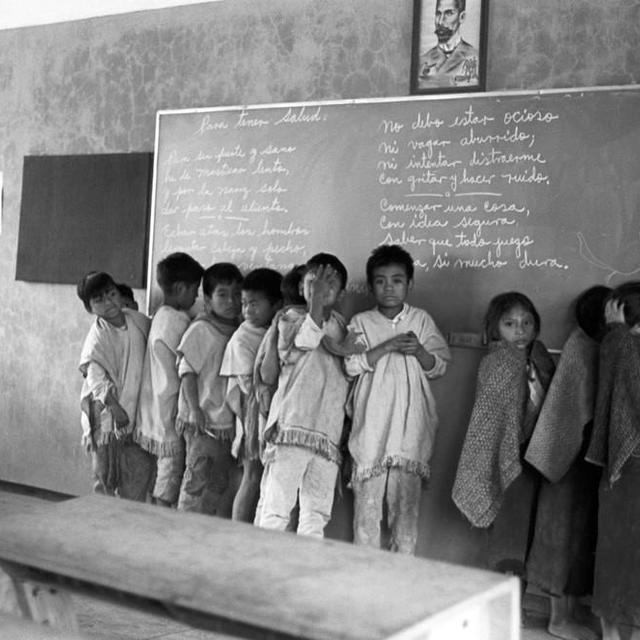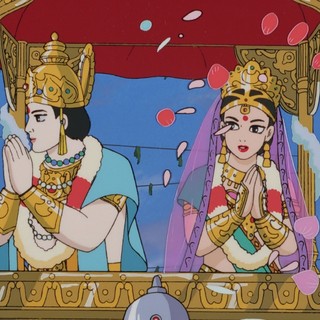journals
Journal Created as a Demo During Manifold Workshop

This project is the result of a collaborative effort of Hindi undergraduate and graduate students at the University of Washington in Seattle, with the simple, modest goal of sharing the work and the fun of taking Hindi songs seriously. While many have a general sense of what Hindi songs are about, especially when performed with gestures and mime, it is not always easy to know precisely what is meant. Popular songs tend to be in registers different from standard modern Hindi, whether older or regionally diverse ones, which makes them harder to access for the average Hindi speaker. On top of that, songs in movies are often not subtitled, leaving room for misunderstandings. Besides working on a more precise understanding, we also aim for a better appreciation of the aesthetics and rhetorics behind the lyricists’ craft.
The project finds its origin in the class leadership and final presentations of teacher and students of Hindi 317 (Popular Hindi Song) and 502 (Readings in Classical Hindi Literature: Avadhi) during Winter Quarter 2025, when the theme of these classes was the Ramayana. As part of our classes we worked through several songs, with a special focus on the lyrics, looking carefully at lyricists’ word choice and literary tropes employed to convey their messages, as well as how episodes, characters, etc. related to the Ramayana story are mobilized in different contexts. We have a wonderfully diverse range of songs, including classical devotional and folk songs, and of course Hindi film songs from oldies to very recent ones. This is an experiment, and we beg your patience and forgiveness with this first trial and most importantly ask our readers for their feedback, so we can hopefully improve in a second instalment.
We provide lyrics in both Devanāgarī script and transliteration. While we give official Roman titles of films, for the transliteration of the song texts, we follow the conventions of The Oxford Hindi English Dictionary (R.S. McGregor, ed. Oxford University Press 1993, accessible on the internet via the Digital South Asia Library at https://dsal.uchicago.edu/dictionaries/mcgregor/). Unless otherwise specified, we also use that dictionary as the major source for our wordlists, because it has the advantage of giving etymological notes, which are helpful in understanding the lyricist’s word choice. We cite the full list of possible meanings so as to enable our readers to make up their own mind, but underline the ones we considered closest to the meaning in the context of the selected song. As always, there remain ambiguities and alternative possibilities. Translations are works in progress, vetted in class workshops, but always with scope for improvement. We see our work as invitations to engage with the songs, not closures with the final interpretations. The individual entries are not intended as formal papers: we simply provided some major points on the basis of our own analysis and what we read, cited under “Readings.” We hope our readers will enjoy this fruit of our labor as much as we did.

This journal explores the hidden crevices of global interactions and the way human beings, cities, nations and regions across the globe daily interact with each other. We shine light on ideas, theories and developments involving diplomacy, culture, sports, media, technology, the military, energy, ecology, and finance. We accept current and alumni students' work from the Executive Master in International Studies program in the Jackson School of International Studies at the University of Washington. DOI: https://doi.org/10.6069/315K-AM53



